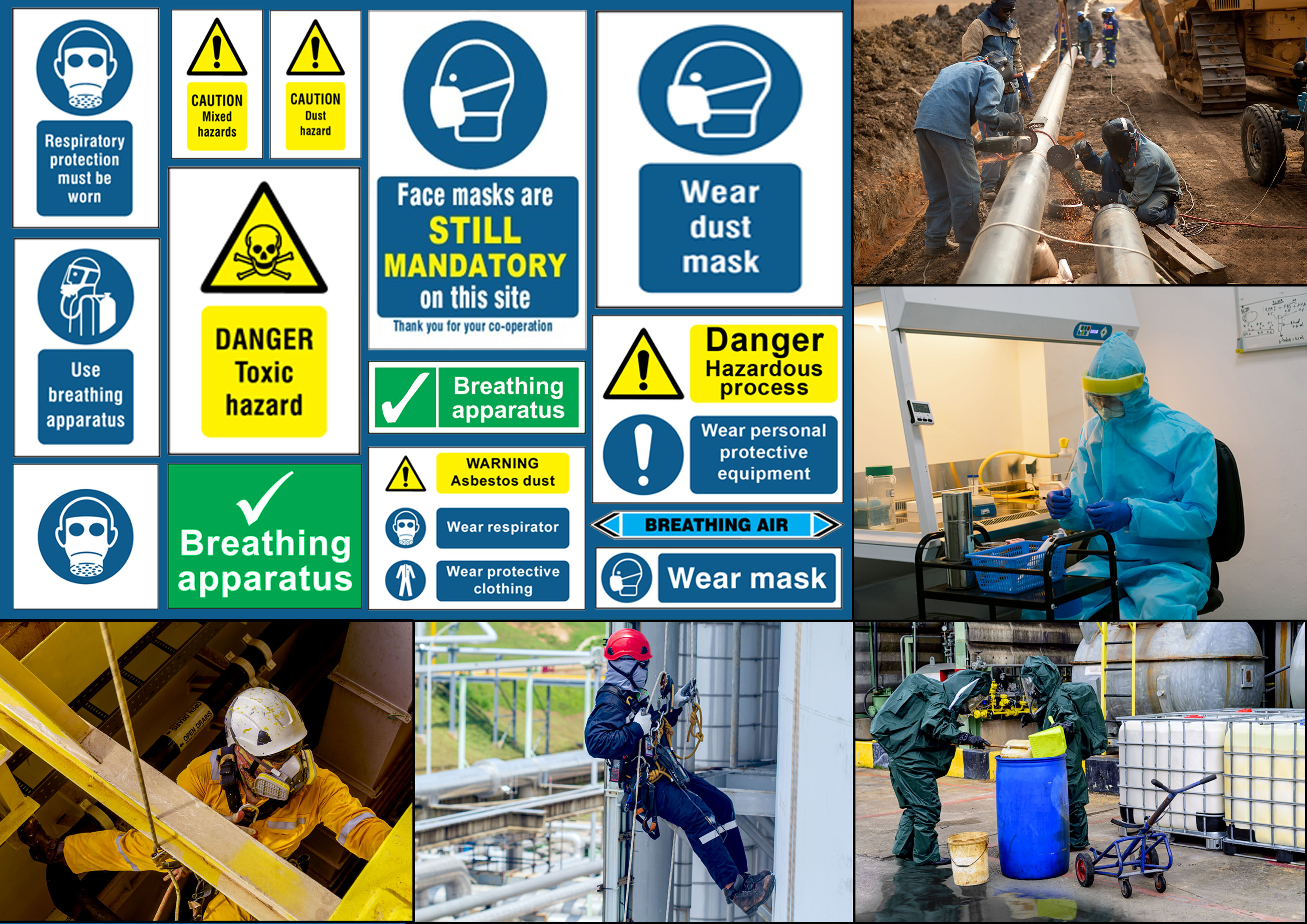 Inhalation is one of the most common ways for hazardous substances to enter the system. Efficient RPE and knowing when to wear it, therefore, helps to limit and prevent an array of illnesses in those who work with hazardous substances.
Inhalation is one of the most common ways for hazardous substances to enter the system. Efficient RPE and knowing when to wear it, therefore, helps to limit and prevent an array of illnesses in those who work with hazardous substances.
RPE stands for ‘Respiratory Protective Equipment’. There are many different kinds, necessary to match the requirements of the wearer and to protect them from a variety of hazards; oxygen levels can become very low when working in confined spaces, or hazardous substances can contaminate the air when working in certain industries and environments. Keep reading to discover the different kinds of RPE, and how they can protect you.
What Kinds of RPE Are There?
There are two main types of RPE: respirators or air purifiers and breathing apparatus. Respirators are filtering devices, either powered or non-powered, that remove air contamination. Breathing apparatus, on the other hand, provide an independent air supply to the wearer, such as through a compressor or cylinder.
Both respirators and breathing apparatus can be categorised into either tight-fitting or loose-fitting face pieces. The former, also known as masks, requires a tight seal over the wearer’s face. The wearer must be face-fit tested to ensure the apparatus is effective. The latter is usually a hood, helmet, visor, or something similar that provides clean air to the wearer.
Where Might You Need RPE?
Inhaling toxins is a regular hazard in many industries, but particularly so in construction, lab, and medical professions. Such dangerous circumstances may include, but are not limited to:
- Industrial sandblasting
- Grinding or spraying
- Clearing spillages
- Pressure washing
- Welding
- Metal manufacture and fabrication
- Demolition
In these and other instances, you may be exposed to the following airborne hazards:
- Airborne dust particles
- Asbestos
- Gas/fumes
- Vapour
- Oxygen deficient atmospheres
Before using RPE, you should try to control the exposure through other measures, such as good ventilation. However, in some circumstances RPE is unavoidable, and could save lives.
How Our Signs at Label Source Help
The Health and Safety Executive (HSE) have reported that there are 12,000 deaths each year from lung disease that are estimated to be a result of past exposures at work, so correctly signposting RPE health and safety is vital.
Accurate signage must be in place wherever necessary to show when and where RPE is needed. These signs, including their symbols, pictograms and colours, must all legally fit the standardised layout in line with the Signs and Safety Regulations of 1996. Signage must indicate the location of RPE equipment, as well as where it must be worn.
With so many kinds of RPE providing different benefits and filters, knowing which RPE to use when and where is paramount. Our respiratory protection signs remind people on your premises or in your facilities to put on masks and use breathing apparatus where required, limiting both short and long-term effects of potentially dangerous inhalation.